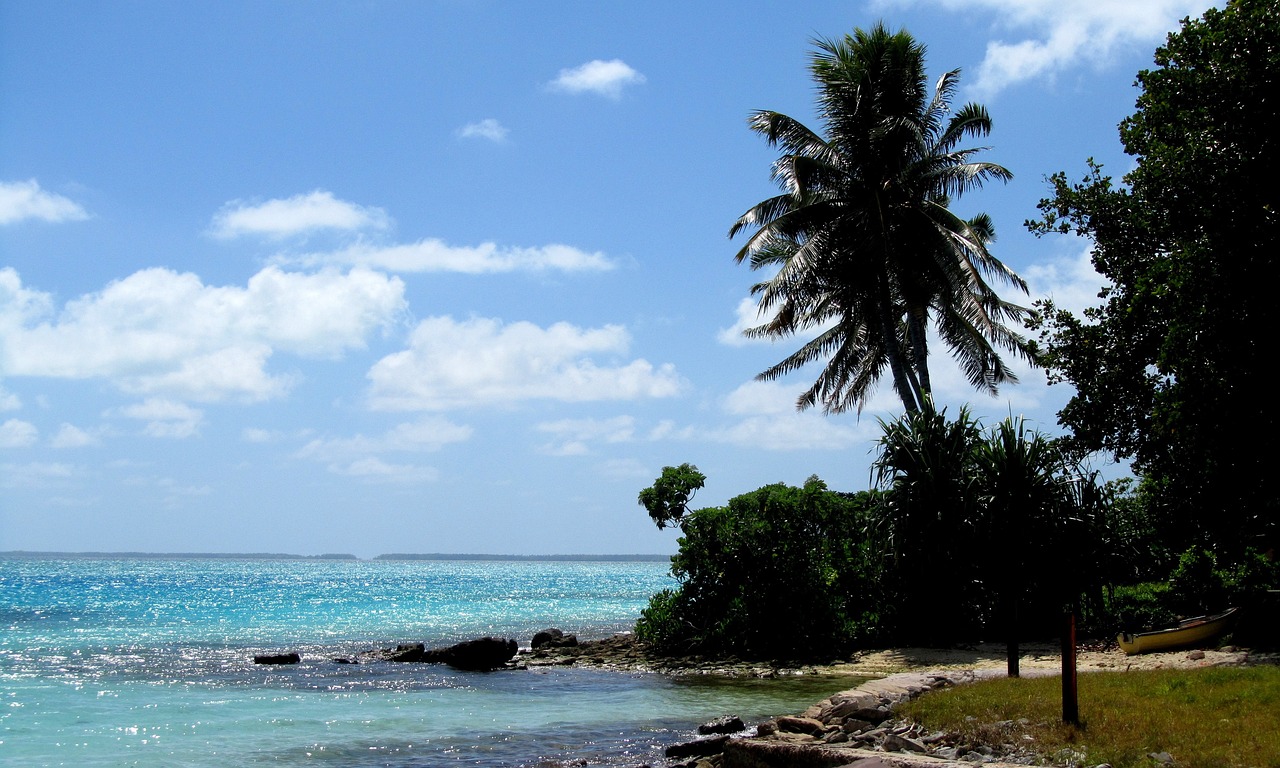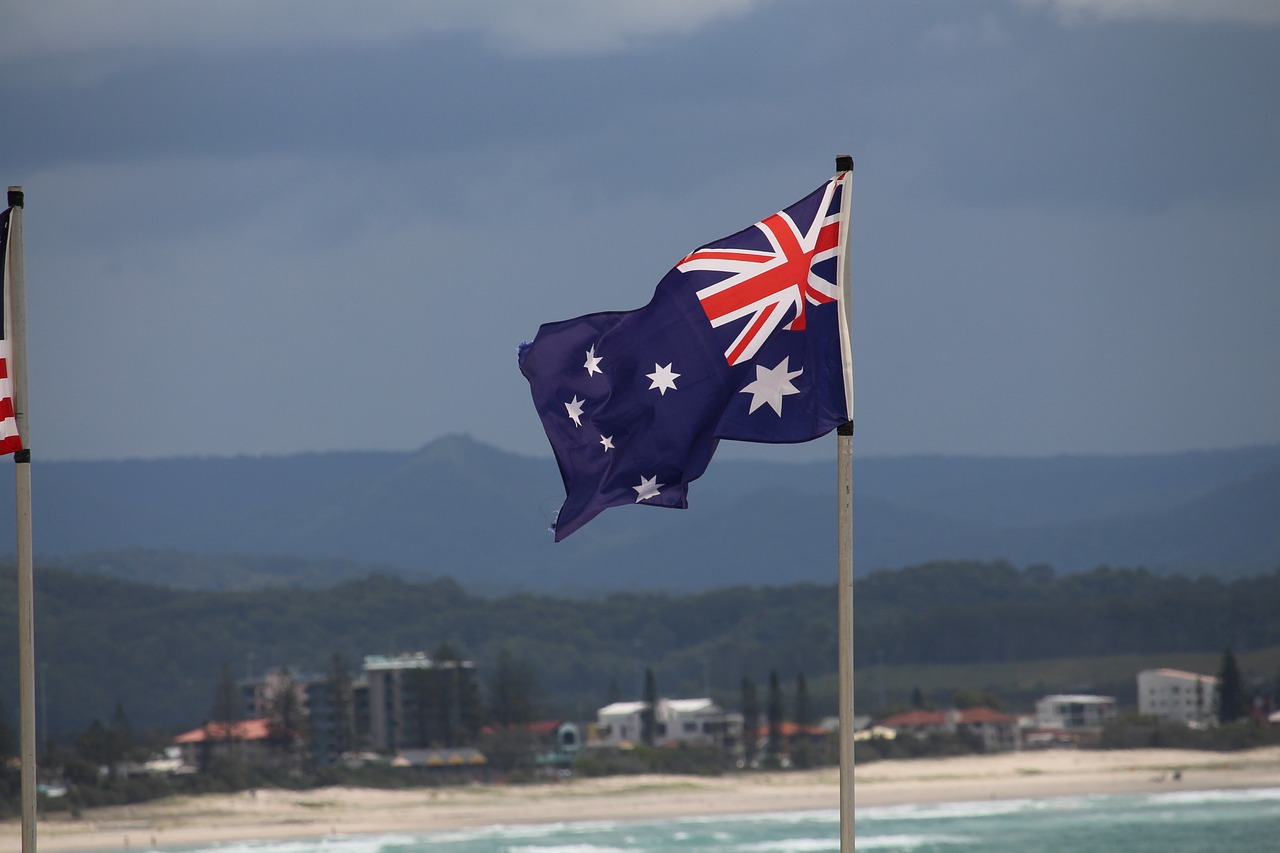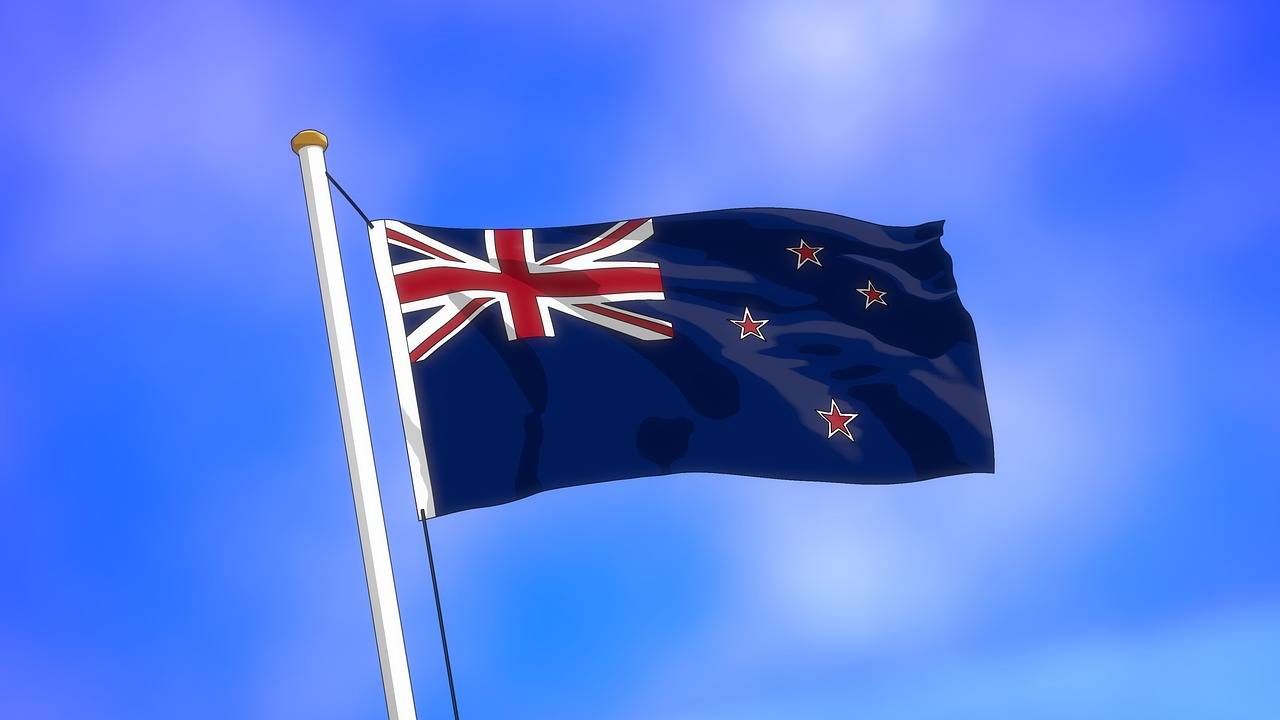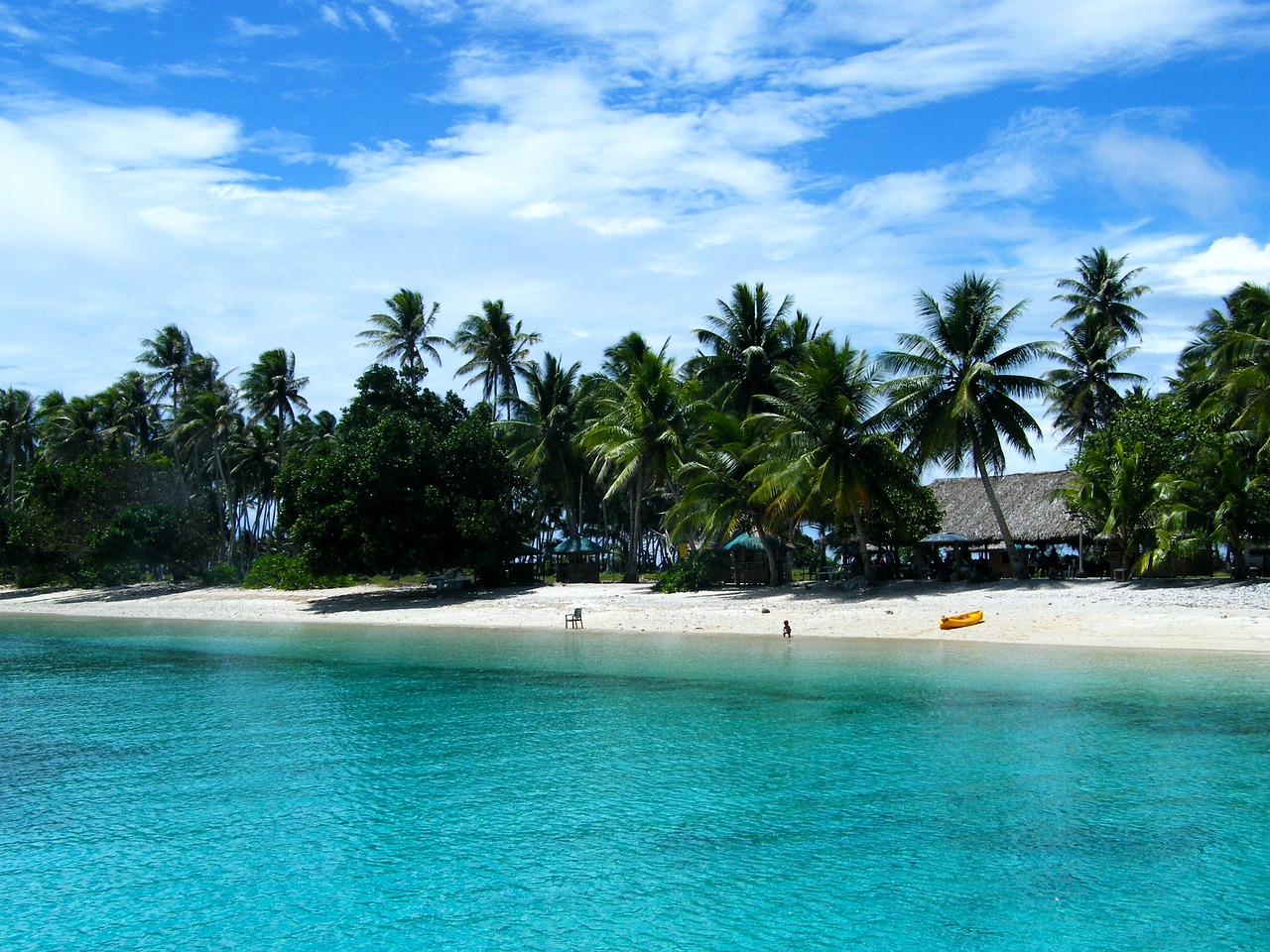30 Facts About Kiribati: The Pacific Island Paradise
Kiribati, an archipelago located in the central Pacific Ocean, is a hidden gem known for its pristine beaches, turquoise waters, and warm-hearted people. Comprising 33 coral atolls and reef islands, this remote paradise offers a unique blend of natural beauty, rich cultural heritage, and a tranquil island lifestyle. In this article, we will unveil 30 fascinating facts about Kiribati, shedding light on the allure and wonders of this Pacific island nation.
1. The Island Nation in Four Hemispheres
Kiribati is the only country in the world that straddles all four hemispheres. The 33 islands are spread across the equator and are divided into three island groups: the Gilbert Islands, the Phoenix Islands, and the Line Islands.
2. The Land of Endless Horizons
Due to its low-lying nature, Kiribati boasts expansive vistas with endless horizons. The flat terrain and crystal-clear waters create breathtaking panoramic views, allowing visitors to immerse themselves in the beauty of the surrounding ocean and sky.
3. The International Date Line Divides the Country
Kiribati’s Line Islands, located to the east, are divided by the International Date Line. This unique geographical location means that the country’s easternmost islands are among the first places in the world to greet the new day.
4. The Pristine Beaches and Coral Reefs
Kiribati is blessed with stunning beaches and vibrant coral reefs. The white sandy shores, fringed by palm trees, are perfect for relaxation, while the underwater world teems with colorful fish, coral formations, and marine biodiversity.
5. The Phoenix Islands Protected Area
The Phoenix Islands Protected Area, a UNESCO World Heritage site, is one of the largest marine protected areas in the world. It covers an expanse of approximately 408,250 square kilometers (157,626 square miles) and is home to an abundance of marine life, including sharks, turtles, and seabirds.
6. The World’s Largest Marine Sanctuary
Kiribati has made significant efforts to conserve its marine environment. In 2015, it established the Pacific Remote Islands Marine National Monument, creating the world’s largest marine sanctuary, protecting vast stretches of ocean and marine ecosystems.
7. The Unique Kiribati Dance: Te Kaimatoa
Te Kaimatoa is a traditional Kiribati dance that showcases the country’s vibrant culture. With rhythmic movements, colorful attire, and traditional songs, this dance is performed during special occasions and celebrations, offering a glimpse into Kiribati’s rich heritage.
8. The Traditional Canoe Sailing: Vaka
Vaka, traditional outrigger canoes, have been an integral part of Kiribati’s seafaring culture for centuries. These canoes, constructed using traditional techniques and materials, continue to be used for fishing, transportation, and cultural events.
9. The Phosphate Mining History
Kiribati has a history of phosphate mining on the island of Banaba. The extraction of phosphate, used as a fertilizer, significantly impacted the island’s ecosystem, and remnants of the mining industry can still be seen today.
10. The Rich Cultural Heritage
Kiribati has a rich cultural heritage shaped by its Micronesian roots. Traditional practices, rituals, and storytelling continue to be passed down through generations, showcasing the resilience and deep connection to the land and sea.
11. The Kiribati Language: Gilbertese
Gilbertese, also known as Kiribati, is the official language of Kiribati. It is a Micronesian language with its unique vocabulary, grammar, and pronunciation, reflecting the linguistic diversity of the region.
12. The Breathtaking Sunsets
Kiribati’s geographical location provides a stunning backdrop for mesmerizing sunsets. The unobstructed horizons and vibrant colors create an unforgettable spectacle as the sun dips below the Pacific Ocean.
13. The Peaceful and Relaxed Island Lifestyle
Kiribati is known for its laid-back and unhurried island lifestyle. The welcoming locals embrace visitors with open arms, inviting them to experience the tranquility and simplicity of everyday life in the Pacific.
14. The National Bird: Frigatebird
The frigatebird, known as the te ibe in Gilbertese, is Kiribati’s national bird. These majestic seabirds, with their distinctive forked tails and impressive wingspans, can be spotted soaring above the islands.
15. The Unique Traditional Attire
Kiribati’s traditional attire is vibrant and distinctive. Men wear a colorful wraparound skirt called a te kainaba, while women wear a long dress known as a te taburao. These traditional garments reflect the cultural pride and identity of the Kiribati people.
16. The Kiribati Flag
The Kiribati flag features a horizontal stripe of blue, representing the ocean, with a gold frigatebird flying over a gold rising sun. The design symbolizes Kiribati’s location in the Pacific and the promise of a new era.
17. The Copra Industry
Copra, dried coconut meat, has been a significant part of Kiribati’s economy. The extraction of copra plays a crucial role in the livelihoods of many Kiribati families and contributes to the country’s agricultural sector.
18. The Kiribati Currency: The Kiribati Dollar
The Kiribati dollar is the official currency of Kiribati. It is at par with the Australian dollar, which is widely accepted throughout the country. Visitors can explore the local markets and shops using the Kiribati dollar.
19. The Traditional Game: Te Kabu
Te Kabu is a traditional Kiribati game played with coconut shells. Participants showcase their agility and skill by kicking and tossing the shells, creating a rhythmic and entertaining spectacle.
20. The Breathtaking Marine Life
Kiribati’s waters are teeming with diverse marine life. Snorkeling and diving enthusiasts can encounter colorful coral reefs, tropical fish, sea turtles, and even the chance to swim alongside majestic manta rays and gentle whale sharks.
21. The Kiribati Dance: Tamu
Tamu is another traditional dance in Kiribati, characterized by rhythmic movements and graceful gestures. This expressive dance showcases Kiribati’s cultural heritage and is often performed during important ceremonies and events.
22. The Unique Kiribati Cuisine
Kiribati cuisine features a variety of seafood, coconut, and root crops. Visitors can savor traditional dishes such as ika mata (marinated raw fish), rukau (taro leaves cooked in coconut cream), and te bakoa (breadfruit pudding).
23. The Equatorial Climate
Kiribati has an equatorial climate characterized by warm temperatures, high humidity, and a consistent sea breeze. The year-round tropical weather makes it an ideal destination for sun-seekers and water sports enthusiasts.
24. The Traditional Craftsmanship: Kiribati Weaving
Kiribati weaving is an ancient craft that produces intricate mats, baskets, and fans. Skilled weavers use natural fibers from pandanus leaves and coconut palm fronds to create these beautiful and functional works of art.
25. The Rich Fishing Traditions
Fishing plays a vital role in Kiribati’s culture and economy. Traditional fishing methods, such as using nets and handlines, are still practiced alongside modern techniques, ensuring a sustainable approach to fishing in the Pacific waters.
26. The Remoteness and Serenity
Kiribati’s remote location and limited tourism infrastructure contribute to its serene and untouched ambiance. The absence of crowds allows visitors to embrace a sense of tranquility and connect with nature on a deeper level.
27. The Kiribati National Anthem: “Teirake kaini Kiribati”
“Teirake kaini Kiribati” is the national anthem of Kiribati. Sung in Gilbertese, it celebrates the nation’s beauty, unity, and aspirations for a prosperous future.
28. The Migration of the Sooty Terns
Kiribati’s Phoenix Islands witness the spectacular migration of sooty terns, a seabird species. During their nesting season, millions of these birds arrive, creating a captivating natural phenomenon.
29. The Breathtaking Stargazing Opportunities
With minimal light pollution, Kiribati offers exceptional stargazing opportunities. Visitors can marvel at the clear night sky, filled with constellations, shooting stars, and the mesmerizing Milky Way.
30. The Warm Kiribati Hospitality
Above all, Kiribati is known for its warm and welcoming hospitality. The Kiribati people, known for their genuine kindness and friendliness, make visitors feel like part of their extended family, creating lifelong memories and forging enduring connections.
In conclusion, Kiribati is a Pacific island paradise that beckons travelers with its untouched beauty, rich cultural heritage, and tranquil island lifestyle. From its turquoise waters and pristine beaches to its warm-hearted people and unique traditions, Kiribati offers an escape to a world of natural wonders and peaceful serenity.
Author Profile
- Welcome to my world facts blog! I'm Jay Steph, and I'm here to explore the captivating wonders of our planet. With a thirst for knowledge and a passion for exploration, I unravel fascinating insights about cultures and history. Join me on this awe-inspiring journey as we uncover hidden treasures together. Let's dive into the world of world facts and embark on an incredible adventure!
Latest entries
 AsiaJuly 31, 202330 Facts About Bangladesh
AsiaJuly 31, 202330 Facts About Bangladesh AfricaJuly 31, 202330 Facts About Burkina Faso
AfricaJuly 31, 202330 Facts About Burkina Faso AustraliaJuly 25, 202330 Facts about the Marshall Islands
AustraliaJuly 25, 202330 Facts about the Marshall Islands South AmericaJuly 25, 202330 Facts About Chile
South AmericaJuly 25, 202330 Facts About Chile



